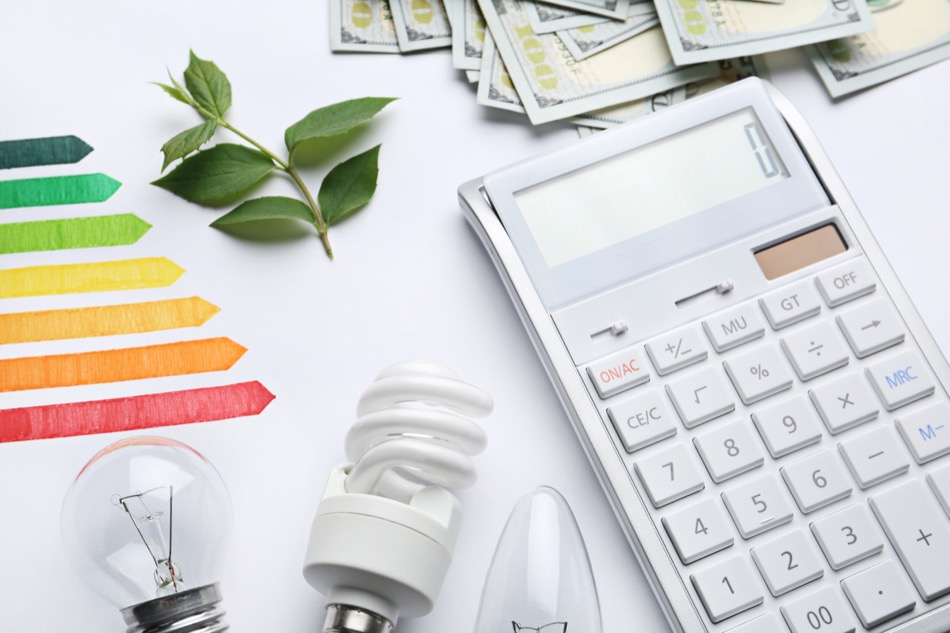4 Energy-Efficient Upgrades Every Home Should Have
 Homeowners looking to save money on their energy bills may be interested in making energy-efficient upgrades. Changing how the home functions can easily reduce costs and the home’s carbon footprint. Both matter to anyone trying to live a greener life. Energy efficient upgrades come from the easy and affordable to the more complex. From the lights that illuminate the home to the appliances, get a feel for the best energy-efficient upgrades a homeowner can make in their home.
Homeowners looking to save money on their energy bills may be interested in making energy-efficient upgrades. Changing how the home functions can easily reduce costs and the home’s carbon footprint. Both matter to anyone trying to live a greener life. Energy efficient upgrades come from the easy and affordable to the more complex. From the lights that illuminate the home to the appliances, get a feel for the best energy-efficient upgrades a homeowner can make in their home.
Energy Star Appliances
Swapping out refrigerators, washing machines, dryers, dishwashers, and more appliances for more energy-efficient models add up to cost savings. The Environmental Protection Agency (EPA) sets specific energy use standards; any appliance that passes its test is authorized to carry an Energy Star logo. The Energy Star label was created for two reasons:
- To help lower greenhouse gas emissions from household appliances
- To make it easier for homeowners to seek out and purchase these greener appliances
Homeowners can be confident it’s among the most efficient on the market when buying an appliance with an Energy Star logo.
Smart Thermostats
Nearly every home with a centralized environmental system uses a thermostat to control how hot or cold it is inside. Smart thermostats have become more popular in recent years because of their advantages over traditional thermostats. For instance, a smart thermostat can be accessed from any smart device and adjusted anywhere in the world. Some smart thermostats learn the home’s schedule and will automatically adjust temperatures. For example, if the homeowner wakes up every day at 7 am and turns the temperature to three degrees, the thermostat will do that independently. Alternatively, smart thermostats can be programmed to do that from the very beginning.
When combined with integrated home management software, the owner can create “scenes” that optimize energy use–such as turning down the thermostat when away on vacation. Another feature factors in external temperatures or humidity to optimize how the HVAC systems run.
Dual-Flush Toilets
Many people don’t realize how much water the average toilet uses. Older toilets made before the 1980s typically use 5-7 gallons of water per flush, while newer models can use around 3.5 gallons per flush. Over time, toilets have started using less and less water. Now, dual-flush toilets give users a choice: a small flush for liquid waste that uses .8 gallons or a larger flush for solid waste that uses 1.6 gallons. Replacing a toilet with a dual-flush model significantly lowers a home’s total water usage.
Multi-Pane Windows
Traditionally, windows were made with a single pane of glass separating the home’s interior from the outside world. However, just one pane doesn’t insulate a home very well. The heat and cooling loss causes a home to be colder in the winter and hotter in the summer. By extension, it can make it much more expensive to heat and cool the home. Multi-pane windows help prevent energy loss and better insulate the home. Dual-pane windows are the most commonly seen, but homeowners can also choose triple-pane windows, which are more expensive but more effective. Replacing windows can be expensive, but low-income homeowners may qualify for some homeowner assistance funds and grant programs specifically for upgrading windows and other energy-efficient features.
Make the most of energy-efficient home upgrades
Energy-efficient installations help reduce our strain on Earth’s limited resources while saving homeowners money on utility bills. These upgrades represent just a few a homeowner can choose from. There are energy-efficient alternatives for nearly everything; it’s just a matter of seeking them out.
Updated February 2024
Start Your Home Search
Preston Guyton
Share this Post
Related Articles
Real Estate Tips
How to Communicate Your Value As A Real Estate Agent
Real Estate Tips
10 Essential Steps to Hiring a Contractor
Real Estate Tips
Why Perfection Squashes Your Real Estate Businesses
Real Estate Tips





